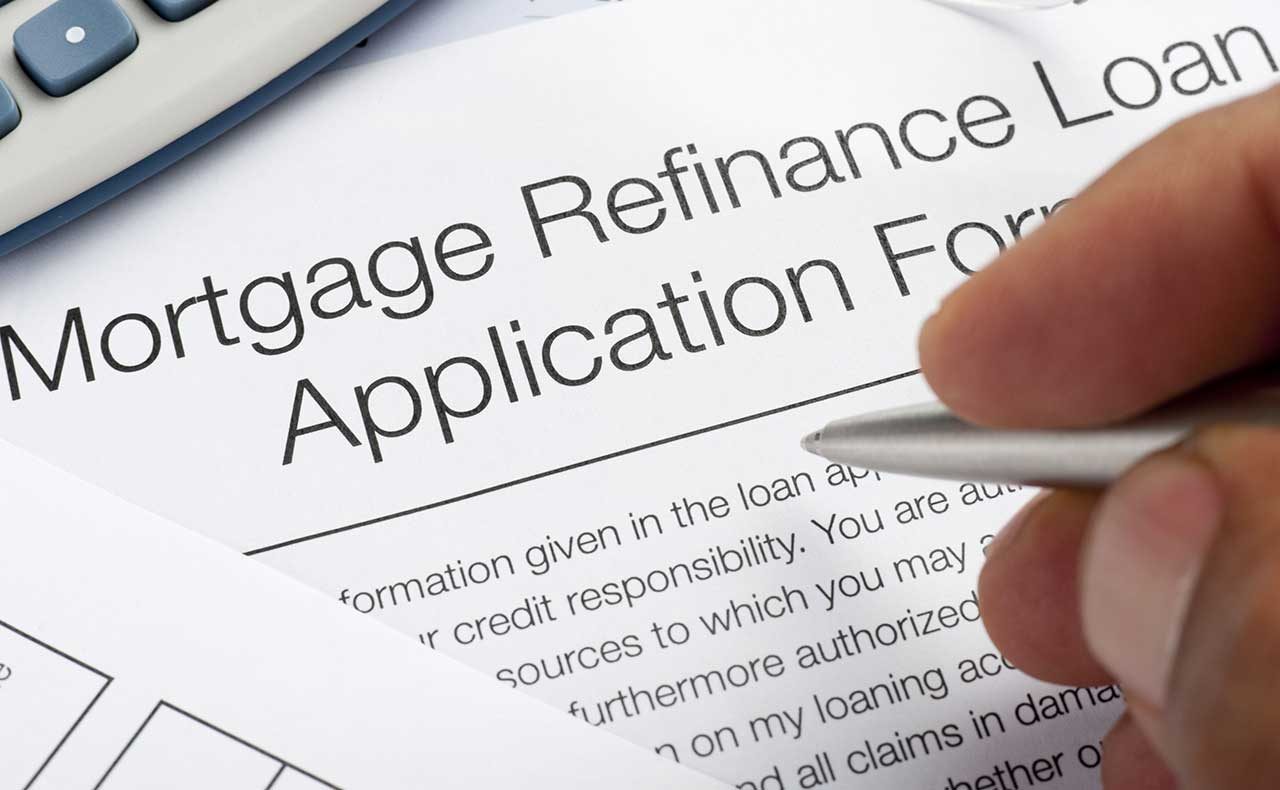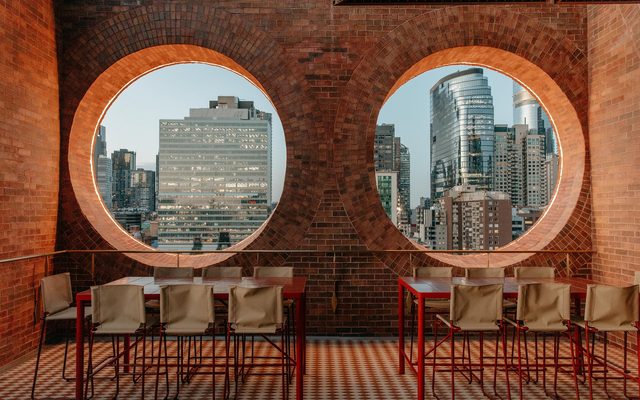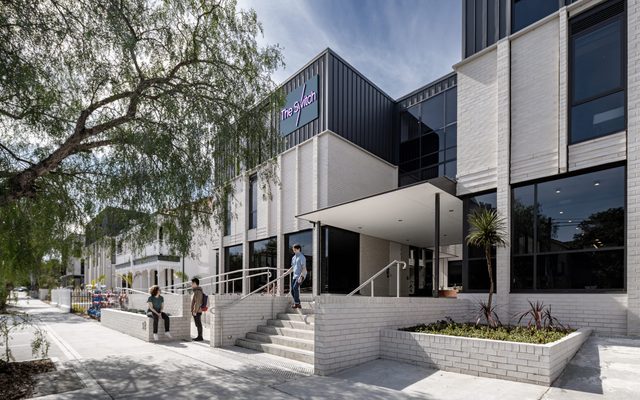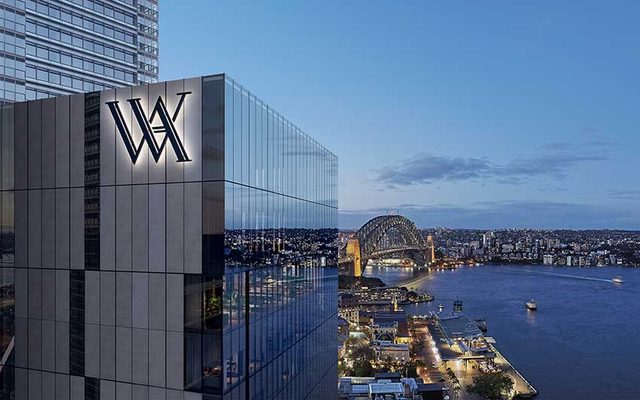This article is from the Australian Property Journal archive
HOUSEHOLDS in the outer suburbs across all major cities will hardest hit when they refinance their fixed-term home loans expiring this year.
According to new research from CoreLogic Australia, the outer regions of all major cities will be hit hardest by ongoing rate rises, due to the number of mortgaged, owner occupier households who took on loans during the pandemic.
With interest rates rising again over June, CoreLogic anticipates that around 350 basis points of the 400 basis point increase to the rate so far will be passed on to variable loan holders by the end of June.
For a mortgage of $750,000, this will look like an increase in monthly home loan repayments of around $1,550 each month.
Of the top 25 SA3 regional boundaries with the highest number of mortgaged households, nine are in Melbourne, five in Perth and Sydney and two in Adelaide. With the remaining four in large regional centres.
According to data from the 2021 Census, Wyndham in Melbourne has the highest number of mortgaged owner occupiers at 43,807 or around 48% of households.
Casey – South follows with 38,614 or 56.2% of households and Wanneroo in Perth with 38,320 or 54% or households.
“For markets in the capital city regions, there is an average distance to the city centre of about 34 km, ranging from Stirling in Perth (which has a 9 km distance to the CBD), to Wyong in the Central Coast of NSW (70 km from the Sydney CBD),” said Eliza Owen, head of research at CoreLogic Australia.
“As of the 2021 Census, median weekly household incomes across these markets had a sizable range, from $2,722 per week across Blacktown – North in Sydney, to $1,364 in Salisbury in Greater Adelaide. However, 16 of the 25 regions had a median weekly household income that was lower than the respective greater capital city or region.”
Owen noted capital growth trends in these markets are crucial to the financial stability in the housing market.
| Table 1. Most owner occupier households with a mortgage, housing market performance | |||||||
| GCCSA | SA3 Region Name | Owner Occupier households with a mortgage – August 2021 | Change in home values | Listings performance | |||
| Number | Portion of households | Since August 2021 | Past three months | Change in total listings relative to previous five-year average | Change in new listings past four weeks | ||
| Greater Melbourne | Wyndham | 43,807 | 47.8% | 1.8% | -0.3% | -9.6% | 10.0% |
| Greater Melbourne | Casey – South | 38,614 | 56.2% | -2.1% | -0.2% | -22.8% | 6.1% |
| Greater Perth | Wanneroo | 38,320 | 54.0% | 8.4% | 1.7% | -47.0% | -5.6% |
| Greater Melbourne | Whittlesea – Wallan | 37,864 | 45.5% | -2.6% | 1.2% | -10.8% | 1.4% |
| Greater Melbourne | Melton – Bacchus Marsh | 32,079 | 51.9% | -0.9% | -1.1% | 20.6% | 8.7% |
| Greater Adelaide | Onkaparinga | 29,721 | 43.3% | 29.3% | 2.4% | -45.6% | 6.4% |
| Greater Melbourne | Tullamarine – Broadmeadows | 29,215 | 47.6% | -2.8% | 0.6% | -12.4% | -11.6% |
| Greater Perth | Stirling | 28,908 | 35.0% | 2.8% | 2.5% | -33.2% | 6.0% |
| Rest of Vic. | Geelong | 28,002 | 34.6% | -4.5% | -1.8% | 11.7% | -7.1% |
| Greater Perth | Swan | 27,549 | 54.2% | 5.7% | 3.3% | -45.5% | -5.8% |
| Greater Melbourne | Yarra Ranges | 26,767 | 48.2% | -7.8% | 0.8% | -8.6% | -23.0% |
| Greater Perth | Joondalup | 26,348 | 45.6% | 8.2% | 3.1% | -39.3% | -7.3% |
| Rest of Qld | Townsville | 24,988 | 35.7% | 7.5% | 0.9% | -33.9% | 3.3% |
| Greater Melbourne | Knox | 23,563 | 41.0% | -6.9% | 2.2% | -27.9% | 33.9% |
| Greater Sydney | Blacktown – North | 23,343 | 55.5% | 3.4% | 4.6% | -13.5% | 24.3% |
| Greater Sydney | Gosford | 23,223 | 33.9% | -8.9% | -0.5% | -24.5% | 5.9% |
| Greater Perth | Rockingham | 23,053 | 47.6% | 16.2% | 4.0% | -48.2% | -13.5% |
| Greater Sydney | Campbelltown (NSW) | 22,996 | 39.9% | 0.8% | 1.8% | -26.0% | -2.4% |
| Greater Melbourne | Mornington Peninsula | 22,504 | 34.8% | -6.5% | 0.9% | -0.1% | 5.5% |
| Greater Sydney | Penrith | 22,330 | 40.7% | -1.7% | 1.7% | -27.6% | -6.4% |
| Rest of NSW | Newcastle | 22,055 | 31.5% | 2.0% | 1.8% | -16.8% | 11.9% |
| Greater Melbourne | Frankston | 21,907 | 41.3% | -7.1% | 0.8% | -13.6% | -4.2% |
| Rest of Qld | Ormeau – Oxenford | 21,823 | 42.8% | 15.8% | 2.3% | -42.9% | -3.0% |
| Greater Sydney | Wyong | 21,525 | 34.1% | -4.4% | 2.8% | -27.0% | 0.5% |
| Greater Adelaide | Salisbury | 20,971 | 40.5% | 33.1% | 3.9% | -46.1% | -12.1% |
| Source: CoreLogic, ABS Census 2021 | |||||||
“This is because in the event of a ‘forced sale’, growth in home values allows a seller to come away with some capital gain, or allows a mortgagee in possession to recuperate the entirety of debt on a property,” said Owen.
In these high mortgage volume markets, capital growth since 2021 has averaged 3.1%, way above the national housing market growth of just 1.0% over the same period.
“There is also a lot of nuance to consider across these markets that is not currently captured in census data. These include the size and maturity of mortgages, and serviceability. At the other end of the spectrum, markets with a low concentration of owner occupier
mortgages include inner city areas, and mining towns, and will presumably carry their own risk of investment loans. The location of these investors and what mortgage stress they may be facing is unclear,” added Owen.
“At this stage, most markets with a high volume of owner occupier mortgages do not exhibit capital growth trends that are alarmingly out of step with the national housing market. Indeed, some markets have had extraordinary capital gains since the onset of the pandemic, and since the Census snapshot.”




